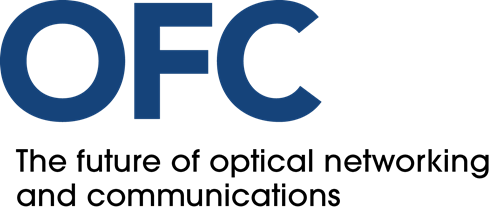SC395 - Modeling and Simulation of Optical Transmitter and Receiver Components for Coherent Communications
15 Mar 2026
08:30 - 12:30
Short Course Level
Advanced Beginner and Intermediate
Short Course Description
As demand for network bandwidth continues to grow unabated, coherent optical communication systems – once limited to the domain of long-haul transmission systems – are finding increasingly widespread deployment at scale, from metro/regional networks to data center interconnects.
However, the key figures of merit against which optoelectronic components for coherent optical communications systems need to be assessed differ significantly from that of traditional direct- detect optical systems.
This course will discuss methods and considerations for modeling transmitter and receiver components of coherent optical communication systems.
The course will begin with an introduction to the simulation of optical transmission systems, then will focus on the properties of – and impairments introduced by – IQ-modulators, driver amplifiers, and
integrated coherent receivers (ICRs). Using numerical simulation models, the impact of real-life device imperfections is shown and evaluated. The course will demonstrate how various design parameters influence the needed properties of the components and the system as a whole.
During the course, programmatic models of each component will be developed. Their use and the effect of varying parameters of the components will be demonstrated, including transmission
impairments they may cause. Please note that topics such as modeling of the optical fiber and detailed DSP implementations are covered in other short courses and are outside the scope of this course. While the course will utilize a BER estimation block (serving as a very rudimentary DSP), a full DSP implementation will not be covered. The simulations and demonstrations are performed via Python. A functionally identical version of the code in Matlab will also be supplied. During the course, we will develop a fully functional simulator of the endpoints of a coherent transmission system, a copy of which will be provided to participants at
the conclusion of the course.
Short Course Benefits
This course will enable participants to build and modify their own simulator of a simple coherent fiber-optic transmission-system. They will learn how to derive numerical models of transceiver components for coherent transmission systems and gain an understanding of the real-life impairments caused by such components. With this knowledge, participants will be able to effectively model, design, and characterize coherent optical transceiver designs.
Short Course Audience
This course is targeted for researchers and students who want to learn how to model transceiver components for coherent optical transmission systems. Basic knowledge of transmission system-related mathematics (e.g. Fourier transforms) and communications theory is required.
-
Harald Rohde
Nokia, Germany
Harald Rohde has worked on the simulation of photonic transmission systems since he joined Siemens in 2001 after receiving his PhD in physics. He followed the various mergers and company splits through Siemens Networks, Nokia Siemens Networks, and Coriant. Then in 2016, he joined Elenion Technologies and since 2020 he works for Nokia. He has worked on coherent systems for access and later moved on to coherent long-haul systems. He has developed and implemented his own tools to focus on the special needs of the development of a coherent optical system. Now he is working on the design and characterization of components for coherent communication systems. He has more than 70 publications and holds more than 50 patents. He is senior member of IEEE.
-
Howard Wang
Nokia, United States
Howard Wang earned his BS, MS and PhD in Electrical Engineering from Columbia University, where his work focused on photonic network and switch architectures for high performance computing and data center applications. He joined the Network Architecture and Engineering team at Bank of America in 2013, where he was responsible for the redesign and build-out of the bank’s nationwide coherent metro DWDM network. He also led initiatives in network automation and their hybrid cloud strategy. Howard joined Elenion Technologies in 2018 and is now a member of the PLM team in the Optical Subsystems Group at Nokia through its acquisition of Elenion in 2020 and is responsible for
Nokia's silicon photonic optical front-end portfolio. He has more than 40 publications in scientific journals and conferences proceedings.
